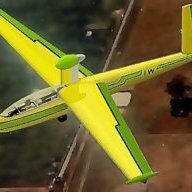OK, I saw that before. So, you have in your engine a set of washers (or Collett retainers) that you consider defective. Next step - beg, borrow, purchase or steal a replacement for one of them, install it, and send the one you remove from the engine to a laboratory (e.g. Alphatest, Brisbane http://www.alfatest.com.au/ ) and pay them to give you a material ident and a hardness. That will give you a certificate from a NATA laboratory that states the material and heat-treat condition of the part you have, whose history you know.
With that, you can do one of two things - either send the part, plus a copy of the certificate off to CASA with a filled-out CASA defect report; you will have to say that you consider the part defective because it wears too fast, and argue that the Jabiru SB proves your point. You could possibly consider having the lab. test an automotive equivalent part, to get a comparative composition and hardness.
Or, you can try to find out what the Jabiru drawing for that part calls for by way of material and heat-treatment. You could perhaps ask Ian Bent, if Jabiru will not answer.
If you can prove that the part is not in accordance with the drawing, you will have some solid evidence. If it is in accordance with the drawings, but inferior to an equivalent automotive item (as shown by test results) you will have a different argument.
This process is standard practice to justify a substitute component
POST EDITED AS IT DOES NOT ADD VALUE - MOD



